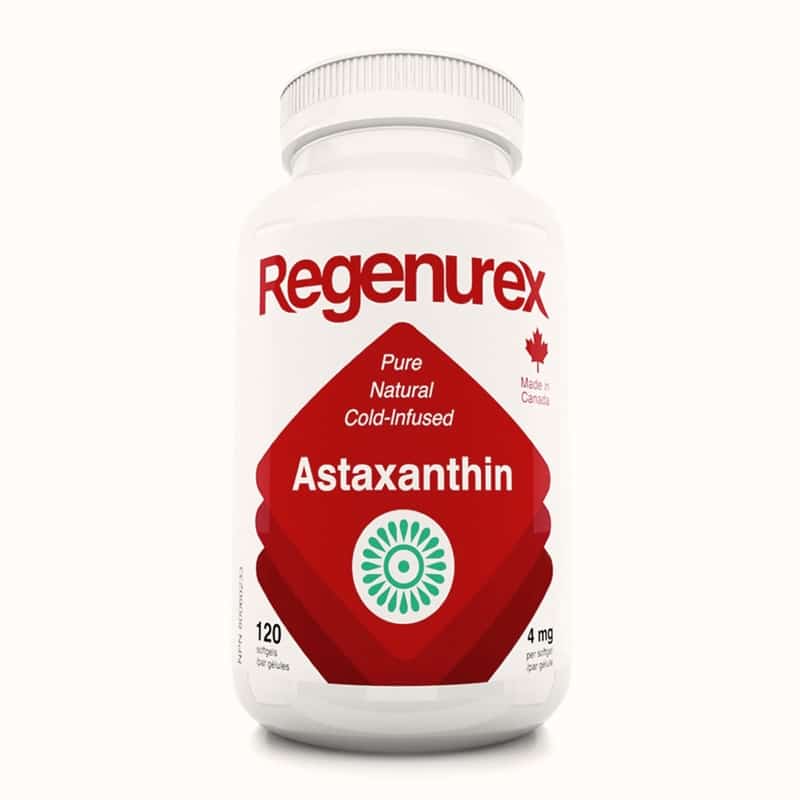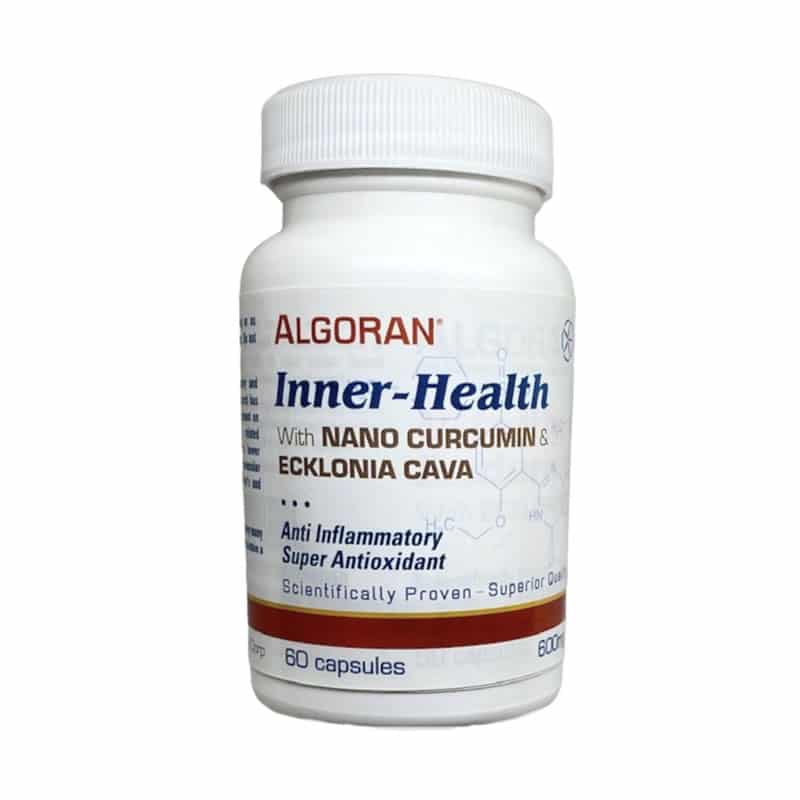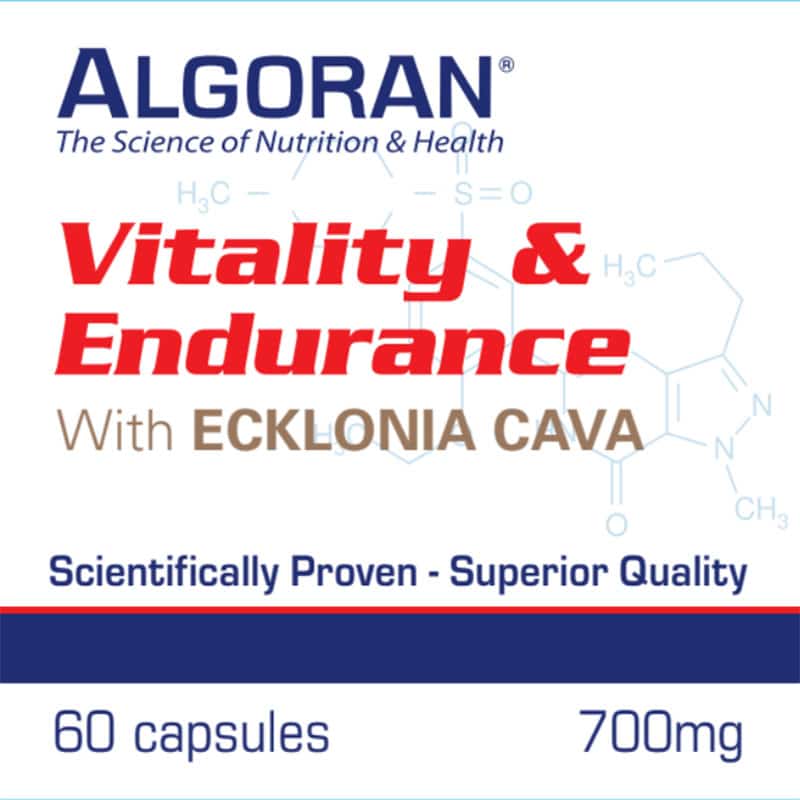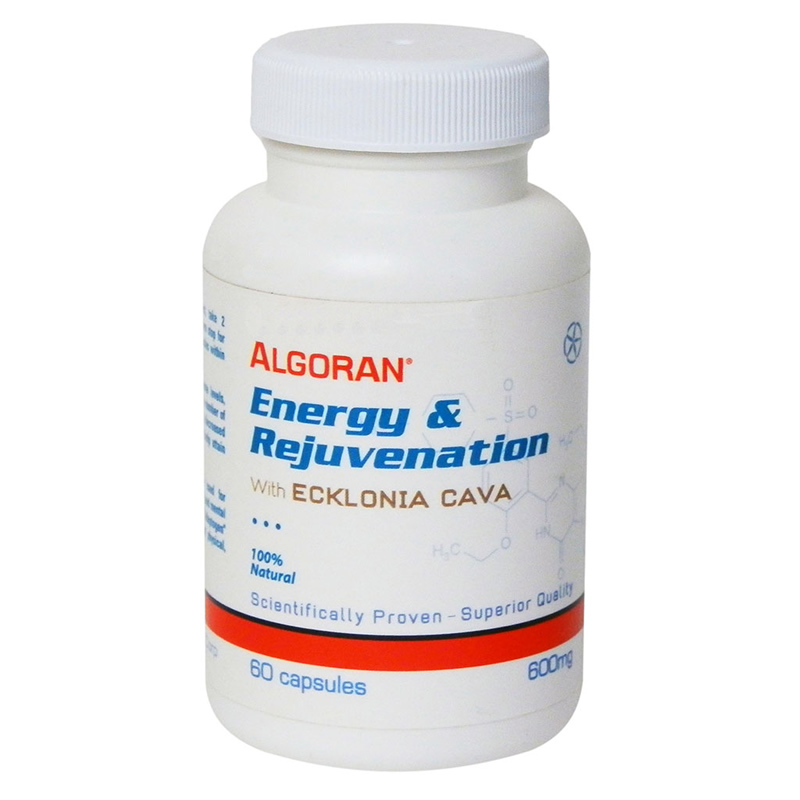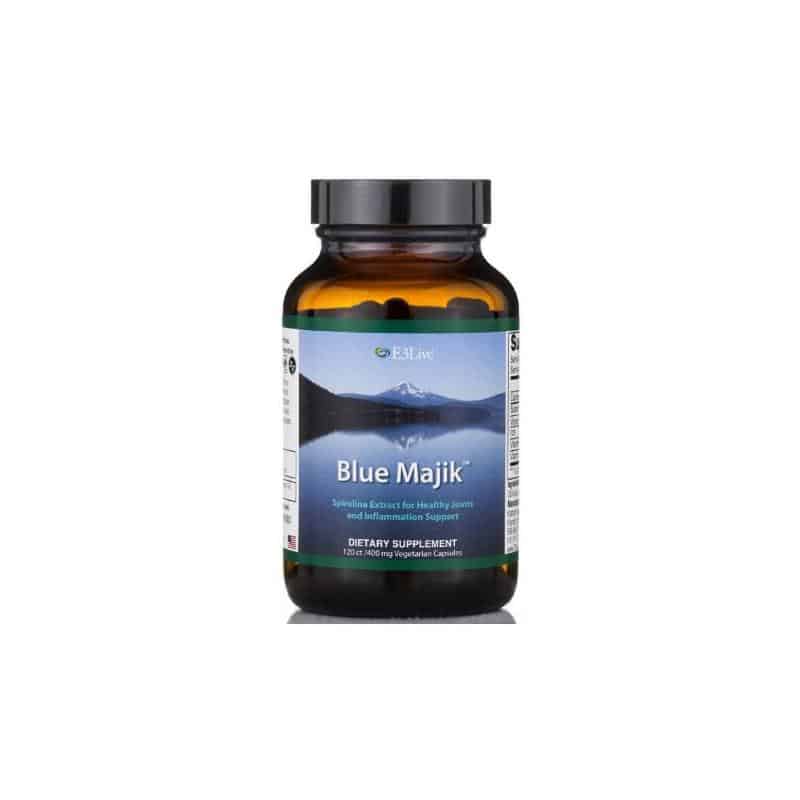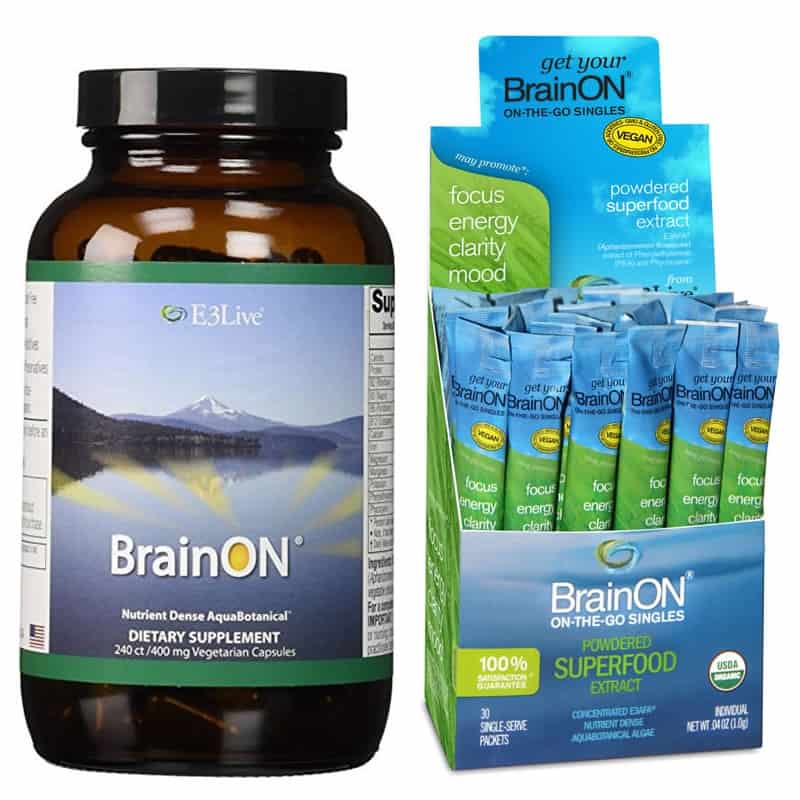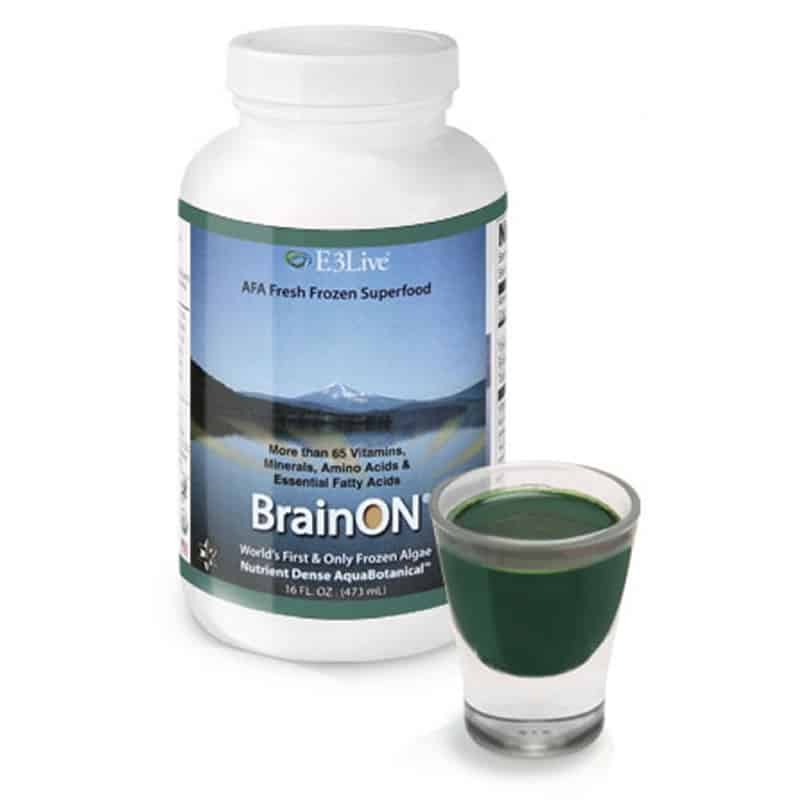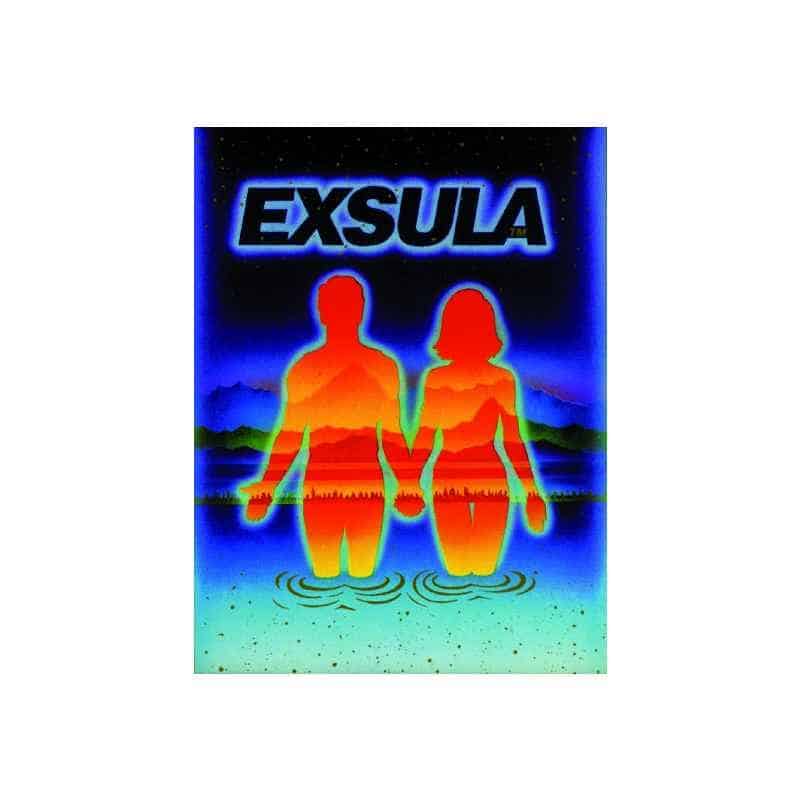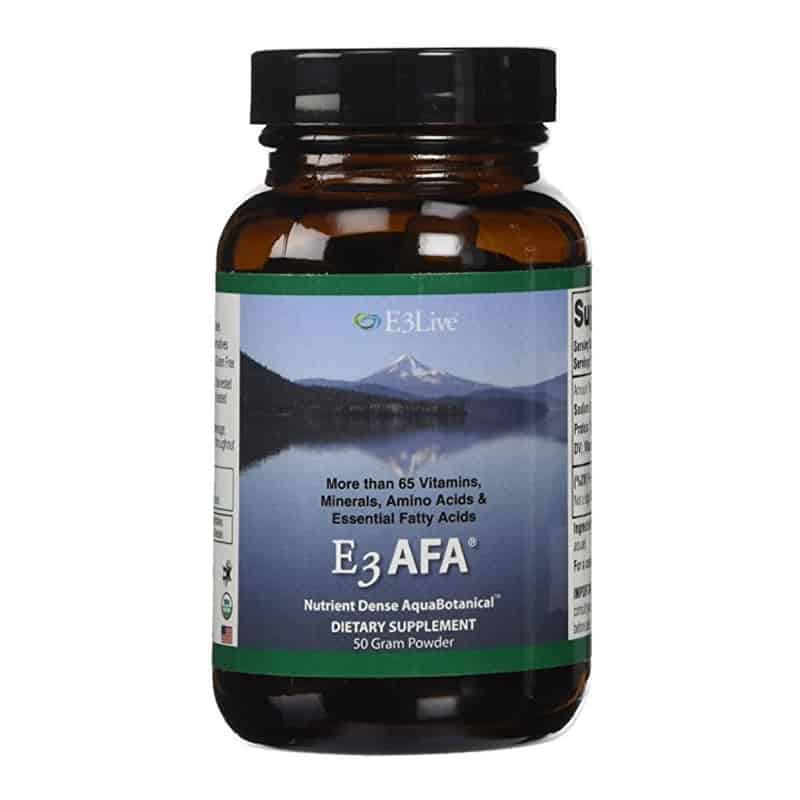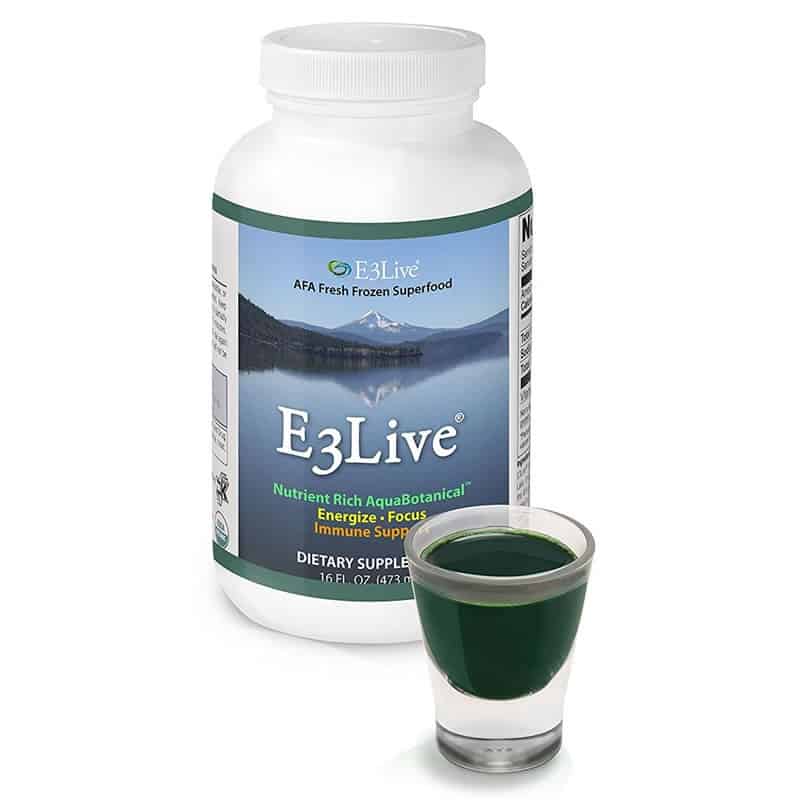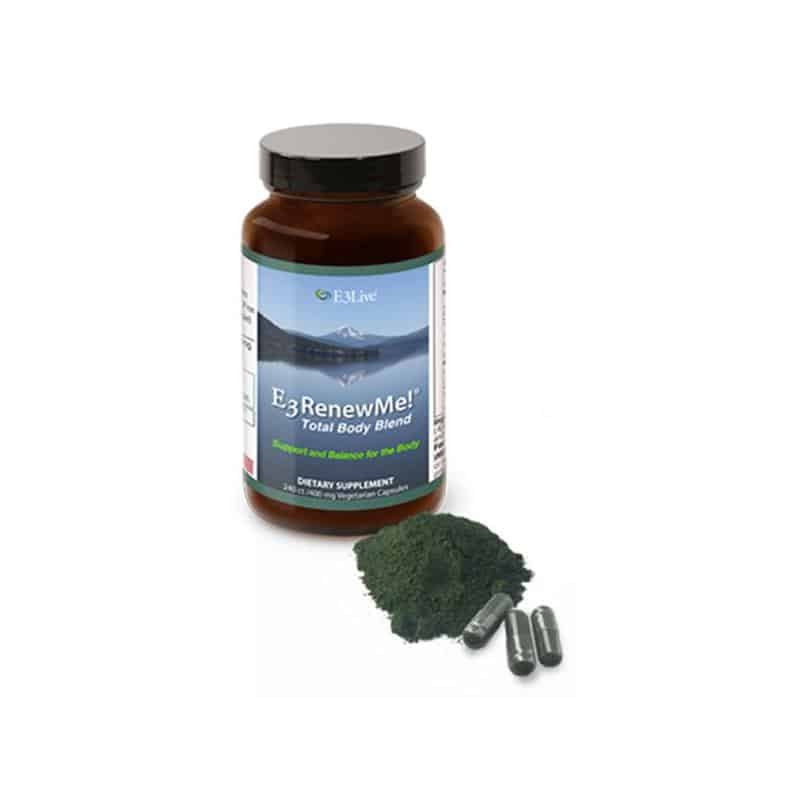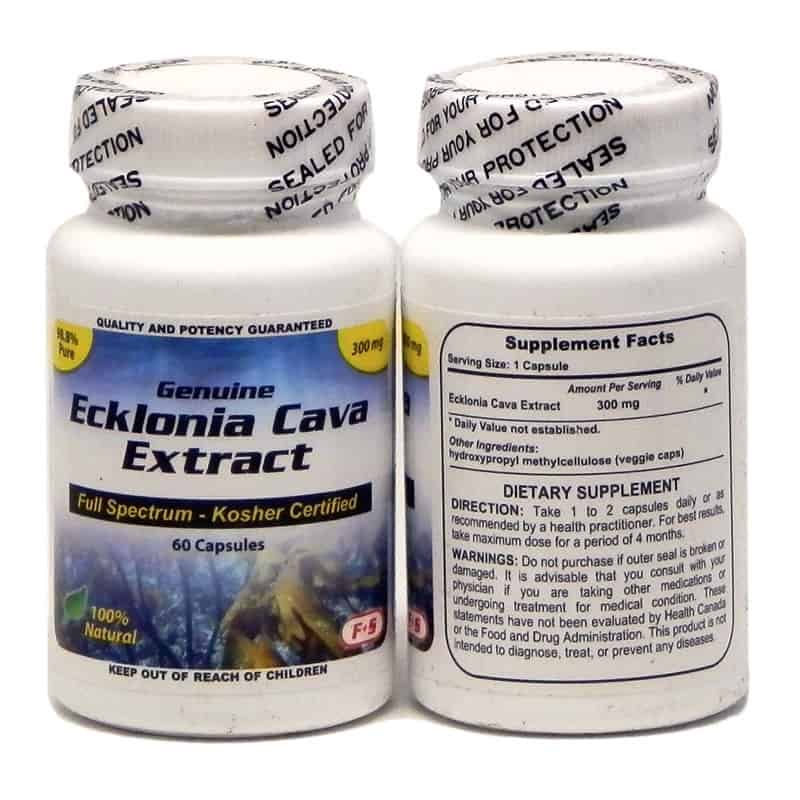No products in the cart.
Astaxanthin is a Powerful Antioxidant
6000 Times Stronger than Vitamin C
How does Astaxanthin compare to other antioxidants?
All antioxidants have the same action. They neutralize harmful ROS by quenching or scavenging action. The potency determined by in-vitro tests can indicate the antioxidant capacity. When compared properly, antioxidant potency can vary tremendously. For example: Astaxanthin Singlet oxygen quenching activity in a lipid and water soluble system is (Nishida et al., 2007)
- 6000 times stronger than Vitamin C
- 3000 times stronger than resveratrol and quercetin
- 800 times stronger than CoQ10
- 560 times stronger than epigallocatechin-gallate
- 75 times stronger than alpha-lipoic acid
How does Astaxanthin work?
Astaxanthin is a lipid soluble carotenoid antioxidant. Upon ingestion astaxanthin can be found in all organs of the body. At the cellular level astaxanthin accumulates in the membranes of cells and in the membranes of mitochondria and many others. Astaxanthin has a unique structure that enables the molecule to span the double layer membrane and consequently, exposes itself both to the interior as well as the exterior of the cell. By localizing itself in the membranes, astaxanthin protects membrane components like proteins and unsaturated fatty acids from ROS mediated oxidation. Furthermore, this high antioxidant capacity can inhibit the activation of the proinflammatory response via the NF-kB dependent pathway.
Irreplaceable Molecule for any Anti-Aging Regimen
When a shrimp is cooked, it suddenly turns red. The red color is Astaxanthin- a carotenoid xanthophyll that tints salmon, crab, krill and lobster with vivid reddish pigmentation. The rising popularity of astaxanthin as anti-aging nutraceutical supplementation and cosmeceutical application has been endorsed by acclaimed researchers, health specialists and professional athletes worldwide as well as being featured in many nutritional regimens in popular mass media.
Astaxanthin is Mother Nature’s Most Powerful Anti-aging Molecule
Strongest Singlet-Oxygen Quencher among anti-aging molecules.
- 6000 times stronger than Vitamin C
- 800 times stronger than CoQ10
- 550 times stronger than Green Tea Catechins
- 550 times stronger than Vitamin E (a-tacopherol)
- 75 times stronger than Alpha Lipoic Acid
- 40 times stronger than Beta-Carotene
- 17 times more potent than Grape Seed Extracts
- Potent antiperoxidative membrane activity
- Inhibits NF-kb inflammatory Gene expression
- Suppresses DNA damage (8OHdG)
Purest antioxidant molecule because it has no proxidant activity even when subjected to enormous amount of stress from environmental factors and free radicals.
Provides superior mitochondria protection as research shows that is 1,000 times more effectively than Vitamin E against lipid peroxidation in the mitochondria.
Reduces DNA Damage and premature cell death caused by oxidation and plasma C-reactive oxygen .
Crosses brain-retinal blood barrier leading to neuro-protective effects and alleviation of eye fatigue.
Powerful Anti-Inflammatory – Several in-vitro and in-vivo studies shows that ASX strongly suppressed nuclear translocation of NFkB inflammatory cascade, which are the leading cause of most degenerative diseases.
Astaxanthin – Clinical Benefits
The Global Burden of Cardiovascular Disease
- Improves blood lipid profile
- Reduces oxidative stress
- Enhances capillary circulation
Cardiovascular diseases (CVDs), including heart attack and stroke, are the leading cause of death globally. According to WHO, 17.3 million people died from CVDs in 20081. Of those, an estimated 7.3 million deaths were due to coronary heart disease and 6.2 million were due to stroke.
Behavioral risk factors such as smoking, unhealthy diet, and alcohol abuse are believed to be responsible for 80% of coronary heart disease and cerebrovascular disease2.
Moreover, these behaviors result in increased body weight, elevated blood pressure, dyslipidemia, insulin resistance, and hyperglycemia. These effects are associated with the development of atherosclerosis, which is the main underlying cause of heart attack, stroke, and peripheral vascular disease.
Oxidative stress and inflammation are widely recognized as contributing factors to atherosclerotic CVDs. The use of antioxidants such vitamin E, C, and beta-carotene as preventive therapies for CVDs has yielded mixed results. This is why astaxanthin, which is a much stronger antioxidant that also exhibits anti-inflammatory properties, is now being investigated as a promising compound for protecting against atherosclerotic CVDs. Studies have shown that natural astaxanthin reduces oxidative stress and inflammation, improves lipid profiles, promotes better blood flow in capillaries, and lowers blood pressure in hypertensive individuals. Importantly, no adverse effects have been reported in these studies.
A large body of clinical and experimental research strongly suggests that astaxanthin can contribute to improved cardiovascular health. For more details on how natural astaxanthin can help support and maintain good cardiovascular health, please contact us for an expanded version of this digest.
A Hidden Pandemic: Computer Vision Syndrome
- Relieves eye fatigue symptoms by improving capillary blood flow circulation
- Improves quality of vision by preserving the “zoom-in & zoom-out” refocus of the eye ciliary muscle
- Relieves eye inflammation and shoulder stiffness in heavy PC workers
On average, workers and adolescents in modern cities spend over 45 hours every week staring at computer screens, playing video games, watching television, or interacting with smart phones. The U.S. National Institute of Occupational Safety and Health found that over 88% of office workers report eyestrain. A European study showed that 23% of Swedish schoolchildren experience eye fatigue due to playing video games excessively. This widespread use of visual displays increases stress on the eyes, which leads to a complex ophthalmic and psychophysical condition called computer vision syndrome (CVS). Symptoms of CVs include eye strain, sensitivity to glare, sore eyes, blurred vision, and neck and shoulder pain. CVs also causes mood swings, irritability, physical burnout, headaches, and a consequent decline in mental performance, motivation, and interpersonal efficacy.
Reveal Your Skin’s Natural Beauty with Astaxanthin
- Revitalizes photo aged skin by quenching oxidative stress and inflammation in all skin layer
- Reduces the size of wrinkles and improves skin microtexture
- Lightens age spots by inhibiting overproduction and oxidation of melanin
When wrinkles or skin problems arise, most women reach for cosmetic products, like creams, gels, ointments, and makeup. Applying these products to the surface of the skin may temporarily conceal the problem, but their effect is superficial and doesn’t tackle the underlying causes. The skin is an extremely complex organ, consisting of multiple layers that each have unique and important functions. For a product to truly improve the skin’s health and beauty, it must provide protection and support to all layers of the skin.
Our skin is under constant attack from free radicals produced by UV rays, pollution, stress, and poor nutrition. The damage caused by free radicals is a major cause of skin aging and problems such as wrinkles and age spots. This free radical damage affects all layers of the skin, from the visible surface to the delicate deep layers where new skin is formed.
Natural algae astaxanthin is a powerful antioxidant with potent anti-inflammatory effects. Its unique molecular structure allows it to reside in the cell membrane and to protect the inside and outside of cells from free radical attack. Research shows that astaxanthin taken as an oral supplement is active in each of the skin’s layer, provides protection from UV damage, shrinks wrinkles, and makes age spots smaller. Natural algae astaxanthin can help your reveal your skin’s natural beauty from the inside out.
Physical Performance and Muscle Function
- Boosts power output and Muscle endurance during training
- Lowers lactic acid, fatigue, and muscle soreness
- Reduces muscle damage and inflammation
- Improves blood flow and antioxidant status
- Muscle metabolism improves fat utilization
More than ever, people nowadays enjoy a wide variety of sport activities to maintain a healthy body weight and circulatory system. From lifestyle changers to elite athletes, fastidious training may not always bring desired results. Some may experience performance slumps or a decline of endurance. Specialized nutritional support is recognized to support physical performance in many ways. From isotonic drinks to protein and carbohydrates, natural astaxanthin nutritionally completes the demands of a physically active lifestyle.
During our physical activity, we require energy to move our body. And all energy we need are generated by mitochondrial cells, often referred to as the “power stations of the cell”, which provide as much as 95% of our body’s pure energy (primarily by the burning of muscle glycogen and fatty acids). Unfortunately, a portion of this energy produces highly reactive and damaging reactive oxygen species (ROS) which is the one of major factors to deteriorate our body. ROS leads the cause of cell damage by peroxidation of the cell membrane components, and oxidation of DNA and proteins. What we found from numerous studies and research, ROS also caused the inflammation of muscle tiredness and soreness. Improving your muscle performance and increasing its endurance are required to protect your physical condition from ROS damaging. In recent years, much attention was paid to the suppression of oxidative reaction by food with antioxidant. Vitamin C and vitamin E have been widely used as popular elements against oxidative stress now.
The most powerful antioxidant in the carotenoid group, Astaxanthin, provides a variety of benefits to the muscle function such as improvement of physical performance, lower muscle damage and the quality of blood.
Astaxanthin for Dyspepsia and Helicobacter pylori
Dyspepsia is the general term given to a variety of digestive problems localized in the upper abdominal region. Typical symptoms for example include stomach pain, gas, acid-reflux or bloating. Dyspepsia is like the stomach version of the irritable bowel syndrome and its symptoms may appear at any age or to any gender. The medical approach to dyspepsia involves looking for treatable causes and addressing them if identified. Failing that, doctors suggest treatments by trial-and-error. The problem associated with this non-standardized approach involves drugs that may not work, may cause side effects and exacerbate the patient’s condition brought on by stressful attempts to cure symptoms. To understand the benefits of astaxanthin in dyspepsia, it is necessary to categorize specific types; most common forms are either non-ulcer dyspepsia or gastric dyspepsia. Non-ulcer dyspepsia problems usually do not have an identifiable cause, but fortunately, for most cases it is non-disease related and therefore temporary. On the other hand, gastric type dyspepsia is more severe and linked to identifiable causes. For example, the bacterial infection of Helicobacter pylori is a commonly known cause. Pathological symptoms of H. pylori infection include high levels of oxidative stress and inflammation in the stomach lining and symptoms like gastric pain and acid reflux., H. pylori can contribute to mild and severe kinds of symptoms, but on the other hand, people who are H. pylori positive can remain asymptomatic whereas others may develop into clinical problems. It is still unclear what triggers the severe form of infection and how the bacteria is passed on, but scientists suggested using strong antioxidants like astaxanthin for therapy and better long term protection.
Astaxanthin and Hypertension
Epidemiological and clinical data suggest that dietary carotenoids such as astaxanthin may protect against cardiovascular disease (CVD) which includes hypertension. This condition is associated with blood vessel dysfunction, altered contractility and tone; mediated by relaxant (nitric oxide NO; prostacyclin) and constrictor factors (thromboxane; endothelin) in the blood. Furthermore, blood flow properties serve an important role in the pathological complications seen in atherosclerosis and coronary heart disease. Research presented here suggests that astaxanthin may be useful as part of an antioxidant therapy to alleviate hypertension.
References
1. Augusti PR et al., Astaxanthin prevents changes in the activities of thioredoxin reductase and paraoxonase in hypercholesterolemic rabbits. J Clin Biochem Nutr. 2012;51(1):42-49.
2. Choi HD et al., Effects of astaxanthin on oxidative stress in overweight and obese adults. Phytother Res: PTR. 2011;25(12):1813-18.
3. Yoshida H et al., Administration of natural astaxanthin increases serum HDL-cholesterol and adiponectin in subjects with mild hyperlipidemia. Atherosclerosis. 2010;209(2):520-23.
4. Iwabayashi M et al., Efficacy and safety of eight-week treatment with astaxanthin in individuals screened for increased oxidative stress burden. Anti-aging medicine. 2009;6(4):15-21.
5. Miyawaki H et al., Effects of astaxanthin on human blood. J Clin Biochem Nutr. 2008;43(2):69-74.
6. Hussein G et al., Astaxanthin ameliorates features of metabolic syndrome in SHR/NDmcr-cp. Life sciences. Life Sci. 2007;80(6):522-29.
7. Hussein G et al., Antihypertensive potential and mechanism of action of astaxanthin:II. vascular reactivity and hemorheology in spontaneously hypertensive. Biol Pharm Bull. 2005;28(6):967-71.
8. Kim KY et al., The effects of astaxanthin supplements on lipid peroxidation and antioxidant status in postmenopausal women. Nutritional Sciences. 2004;7(1):41-46.
9. Saito M et al., Astaxanthin increases choroidal blood flow velocity. Graefes Arch Clin Exp Ophthalmol. 2012;250:239-45.
10. Nagaki Y et al., Effect of astaxanthin on accommodation and asthenopia. Folia Ophthalomogica Japonica. 2010;3(5):461-68.
11. Nagaki Y et al., The supplementation effect of astaxanthin on accommodation and asthenopia. J Clin Therap Med. 2006;22:41-54.
12. Nitta T et al., Effects of astaxanthin on accommodation and asthenopia – Dose finding study in healthy volunteers. J Clin Therap Med. 2005;21(5):534-56.
13. Nakamura A et al., Changes in Visual Function Following Peroral Astaxanthin. Jpn J Clin Opthalmol. 2004;58:1051-54.
14. Nagaki Y et al., Effects of astaxanthin on accommodation, critical flicker fusions, and pattern visual evoked potential in visual display terminal workers. J Trad Med. 2002;19:170-73.
15. Tominaga K et al., Cosmetic benefits of astaxanthin on human subjects. Acta Biochim Pol. 2012;59(1):43-7.
16. Suganuma K et al., Anti-aging and functional improvement effects for the skin by functional foods intake : clinical effects on skin by oral ingestion of preparations containing Astaxanthin and Vitamins C and E. Jichi Medical University Journal. 2012;35:25-33.
17. Satoh A et al., Effects of the lntake of astaxanthin on the reduction of skin darkling induced by uv irradiation in adult women. Oyo Yakuri Pharmacometrics. 2011;80(1/2):7-11.
18. Tominaga K et al., Cosmetic effects of astaxanthin for all layers of skin. Food Style 21. 2009;13(10):25-9.
19. Satoh A et al., Effect of the intake of astaxanthin-containing Haematococcus pluvialis extract on the severity, immunofunction and physiological function in patients with atopic dermatitis. Jpn J Environ Dermatol Cutan Allergol. 2009;3(5):429-38.
20. Yamashita E, The effects of a dietary supplement containing astaxanthin on skin condition. Carotenoid Science. 2006;10:91-5.
21. Yamashita E, Cosmetic benefit of dietary supplements containing astaxanthin and tocotrienol on human skin. Food Style 21. 2002;6(6):112-7.
22. Seki T et al., Effects of astaxanthin from Haematococcus pluvialis on human skin. Fragrance Journal. 2001;12:98-103.
23. Stahl W et al., Carotenoids and carotenoids plus vitamin E protect against ultraviolet light-induced erythema in humans. Am J Clin Nutr. 2000;71(3):795-8.
24. Earnest CP et al., Effect of astaxanthin on cycling time trial performance. Int J Sports Med. 2011;32(11):882-88.
25. Malmsten CL et al., Dietary supplementation with astaxanthin-rich algal meal improves strength endurance – A double blind placebo controlled study on male students -. Carotenoid Science. 2008;13:20-22.
26. Aoi W et al., Astaxanthin improves muscle lipid metabolism in exercise via inhibitory effect of oxidative CPT I modification. Biochem Biophys Res Commun. 2008;366(4):892-97.
27. Fukamauchi M et al., Food functionality of astaxathin-10: Synergistic effects of astaxanthin intake and aerobic exercise. Food Style 21. 2007;11:1-4.
28. Ikeuchi M et al., Effects of astaxanthin supplementation on exercise-induced fatigue in mice. Biol Pharm Bull. 2006;29(10):2106-10.
29. Aoi W et al., Astaxanthin limits exercise-induced skeletal and cardiac muscle damage in mice. Antioxid Redox Signal. 2003;5(1):139-44.
30. Sawaki K et al., Sports performance benefits from taking natural astaxanthin Characterized by visual acuity and muscular fatigue improvement in humans. J Clin Ther Med 2002;18(9):1085-100.
31. Bennedsen M, Wang X, Willen R. Treatment of H. pylori infected mice with antioxidant astaxanthin reduces gastric inflammation, bacterial load and modulates cytokine release by splenocytes. Immunol Lett. 1999. 70: 185-189.
32. Kupcinskas L, Lafolie P, Lignell A, Kiudelis G, Jonaitis L, Adamonis K, Andersen LP, Wadstrom T. Efficacy of the natural antioxidant astaxanthin in the treatment of functional dyspepsia in patients with or without Helicobacter pylori infection: A prospective, randomized, double blind, and placebo-controlled study. Phytomedicine 2008. 15: 391-399.
33. Lignell A, Surace R, Bottiger P, Borody TJ. Symptom improvement in Helicobacter pylori positive non-ulcer dyspeptic patient after treatment with the carotenoid astaxanthin. In: 12th International Carotenoid Symposium, Cairns, Australia, 18-23 July 1999.
34. Wang X, Willen R, Wadstrom T. Astaxanthin rich algal meal and vitamin C inhibit Helicobacter pylori infection in BALB/cA mice. Antimicrob Agents Chemother. 2000. 44: 2452-2457.
35. Hussein G, Nakamura M, Zhao Q, Iguchi T, Goto H, Sankawa U, Watanabe H. (2005)a. Antihypertensive and neuroprotective effects of astaxanthin in experimental animals. Biol. Pharm. Bull., 28(1):47-52.
36. Hussein G, Goto H, Oda S, Iguchi T, Sankawa U, Matsumoto K, Watanabe H. (2005)b. Antihypertensive potential and mechanism of action of astaxanthin II. Vascular reactivity and hemorheology in spontaneously hypertensive rats. Biol. Pharm. Bull., 28(6):967-971.
37. Hussein G, Goto H, Oda S, Sankawa U, Matsumoto K, Watanabe H. (2006)a. Antihypertensive potential and mechanism of action of astaxanthin: III. Antioxidant and histopathological effects in spontaneously hypertensive rats. Biol. Pharm. Bull. 29(4):684-688.
38. Hussein G, Sankawa U, Goto H, Matsumoto K, Watanabe H. (2006)b. Astaxanthin, a Carotenoid with Potential in Human Health and Nutrition. J. Nat. Prod., 69(3):443 – 449.
39. Iwabayashi M, Fujioka N, Nomoto K, Miyazaki R, Takahashi H, Hibino S, Takahashi Y, Nishikawa K, Nishida M, Yonei Y. (2009). Efficacy and safety of eight-week treatment with astaxanthin in individuals screened for increased oxidative stress burden. J. Anti Aging Med., 6 (4):15-21.
40. Kudo Y, Nakajima R, Matsumoto N. (2002). Effects of astaxanthin on brain damages due to ischemia. Carotenoid Science (5):25.
41. Li W, Hellsten A, Jacobsson LS, Blomqvist HM, Olsson AG, Yuan XM. (2004). Alpha-tocopherol and astaxanthin decrease macrophage infiltration, apoptosis and vulnerability in atheroma of hyperlipidaemic rabbits. J. Mol. Cell. Cardio., 37(5):969-978.
42. Miyawaki H, Takahashi J, Tsukahara H, Takehara I. (2005). Effects of astaxanthin on human blood rheology. J. Clin. Thera. Med., 21(4):421-429.
43. Preuss H, Echard B, Bagchi D, Perricone VN, Yamashita E. (2009). Astaxanthin lowers blood pressure and lessens the activity of the renin-angiotensin system in Zucker Fatty Rats. J. Funct. Foods, I:13-22.
44. Iwabayashi M, Fujioka N, Nomoto K, Miyazaki R, Takahashi H, Hibino S, Takahashi Y, Nishikawa K, Nishida M, Yonei Y. (2009). Efficacy and safety of eight-week treatment with astaxanthin in individuals screened for increased oxidative stress burden. J. Anti Aging Med., 6 (4):15-21.
45. Manabe E, Handa O, Naito Y, Mizushima K, Akagiri S, Adachi S, Takagi T, Kokura S, Maoka T, Yoshikawa T. (2008). Astaxanthin protects mesangial cells from hyperglycemia-induced oxidative signaling. J. Cellular Biochem. 103 (6):1925-37.
46. Naito Y, Uchiyama K, Aoi W, Hasegawa G, Nakamura N, Yoshida N, Maoka T, Takahashi J, Yoshikawa T. (2004) Prevention of diabetic nephropathy by treatment with astaxanthin in diabetic db/db mice. BioFactors 20:49-59. Nutritional Outlook April. “Fighting Diabetes”
47. Naito Y, Uchiyama K, Mizushima K, Kuroda M, Akagiri S, Takagi T, Handa O, Kokura S, Yoshida N, Ichikawa H, Takahashi J, Yoshikawa T. (2006). Microarray profiling of gene expression patterns in glomerular cells of astaxanthin-treated diabetic mice: a nutrigenomic approach. Int. J. Mol. Med.,18:685-695.
48. Preuss H, Echard B, Bagchi D, Perricone VN, Yamashita E. (2009). Astaxanthin lowers blood pressure and lessens the activity of the renin-angiotensin system in Zucker Fatty Rats. J. Funct. Foods, I:13-22.
49. Uchiyama K, Naito Y, Hasegawa G, Nakamura N, Takahashi J, Yoshikawa T. (2002). Astaxanthin Protects ß-cells against glucose toxicity in diabetic db/db mice. Redox Rep., 7(5):290-293.
50. Forefront (Summer/Fall) 2005, American Diabetes Association.
51. Functional Foods & Nutraceuticals June 2004. “The dietary solution to diabetes.”
52. HSR Health Supplement Retailer July 2004. “Fighting Diabetes the natural way.”
53. The Global Diabetes Community. http://www.diabetes.co.uk. Article retrieved on June 8th, 2010. H. pylori & Dyspepsia Patents WO98/37874 and WO00/23064.





